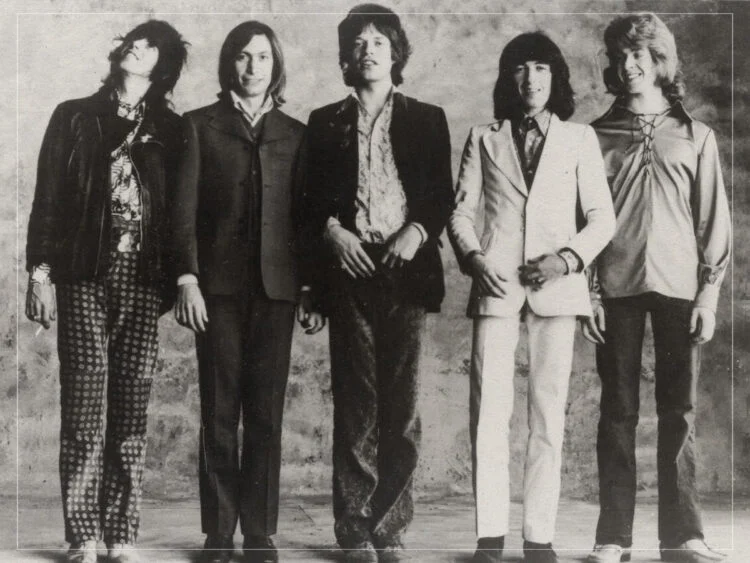The Metropolitan Museum of Art in New York has weighed in on the debate after controversy was sparked by a previously missing Rolling Stones guitar resurfacing as part of its exhibition.
Earlier this year, the New York museum opened a historic exhibition that displayed some of the world’s most famous guitars, previously played by rock icons. However, the inclusion of a particular 1959 Gibson Les Paul guitar, allegedly previously owned by Mick Taylor, has caused a stir after it was stolen from the band in the early 1970s.
Taylor’s manager, Marlies Damming, previously told Page Six: “There are numerous photos of Mick Taylor playing this Les Paul, as it was his main guitar until it disappeared. The interesting thing about these vintage Les Pauls is that they are renowned for their flaming… which is unique, like a fingerprint.”
However, the Met themselves are disputing this statement. They claim their research into the instrument has revealed that although Taylor may have played the guitar, he was never listed as its official owner.
The guitar undoubtedly played a significant role in the history of The Rolling Stones. Notably, it was played by Keith Richards in the band’s 1964 performance on The Ed Sullivan Show, which helped them to break America. It was then bought by Taylor, but later stolen from a French mansion while they were recording Exile on Main St.
From the point when the guitar went missing in 1971, its owner was stated as Adrian Miller, even though it is not known exactly how he came to be in possession of it. That same year, the guitar was then subsequently sold to the Heavy Metal Kids musician Cosmo Verrico.
Damming recently told The New York Times: “We would like the Metropolitan Museum to make the guitar available so that we can inspect it, and confirm its provenance one way or the other,” however, the Met has stated that none of Taylor’s representatives have been in contact with them to start this process.
Away from the current exhibition, the museum says it is planning to open a permanent gallery in 2027 to display some of these iconic guitars, in what was previously described as a “trailblazing and transformative gift” by its director Max Hollein.
